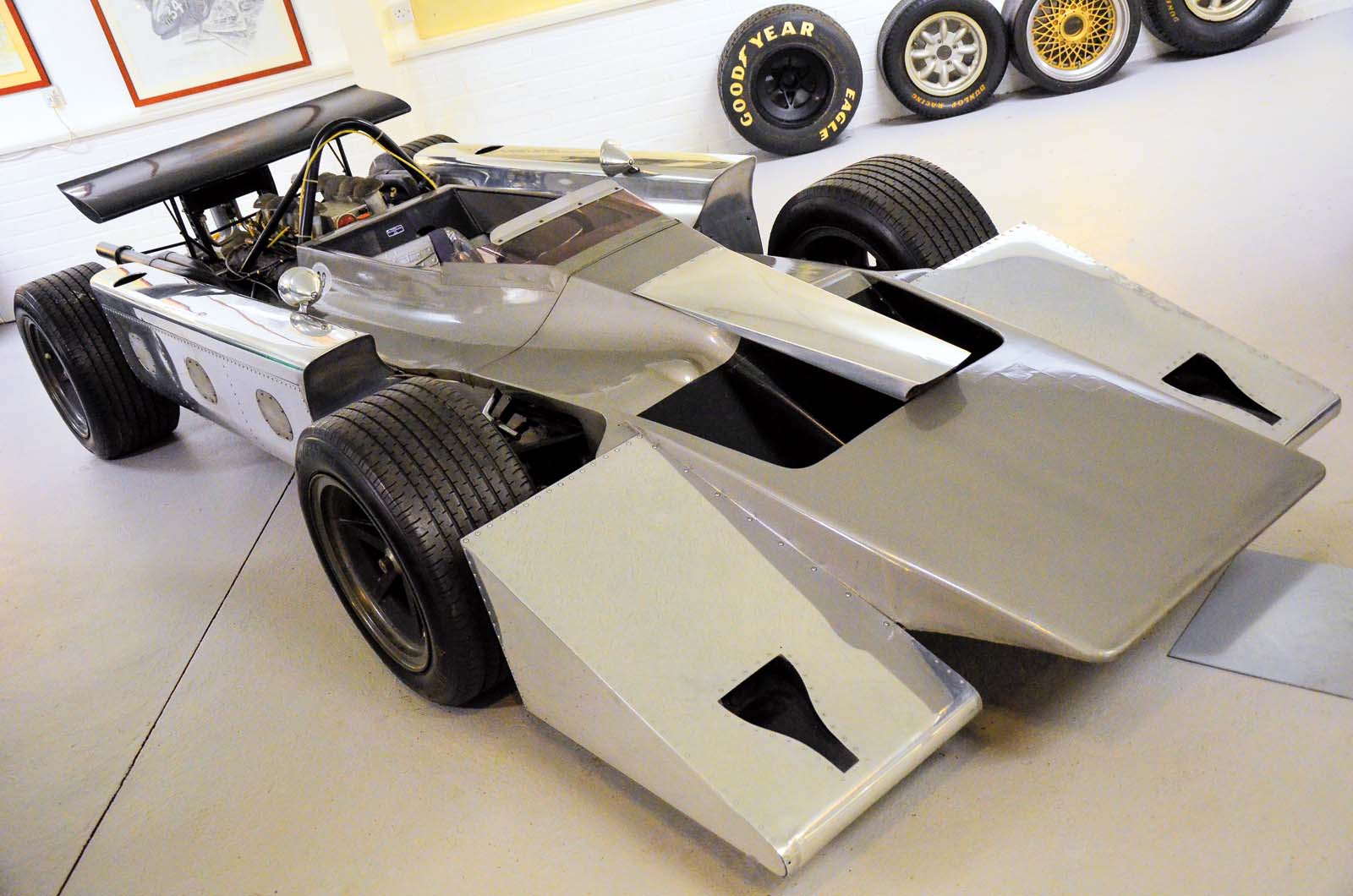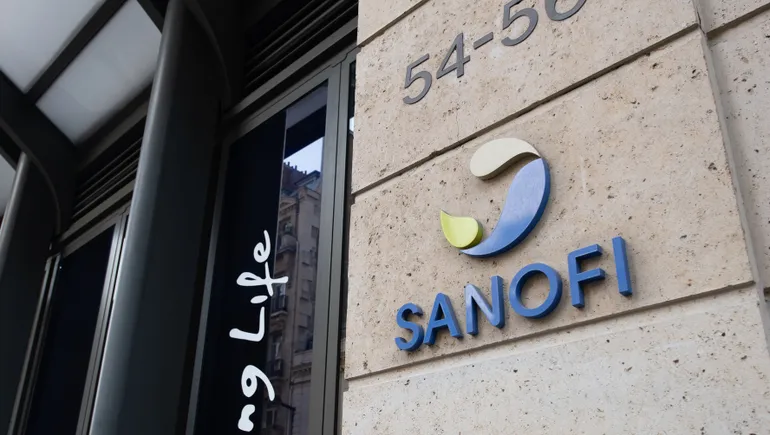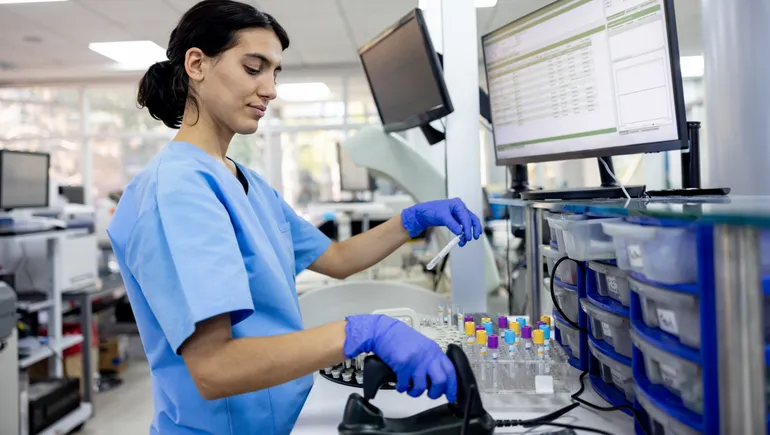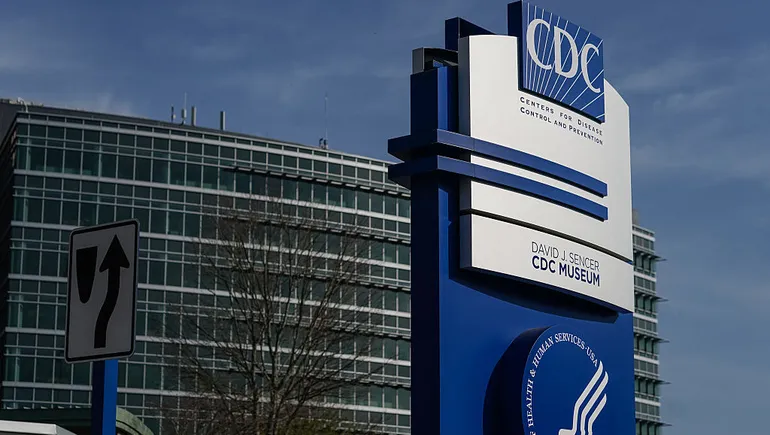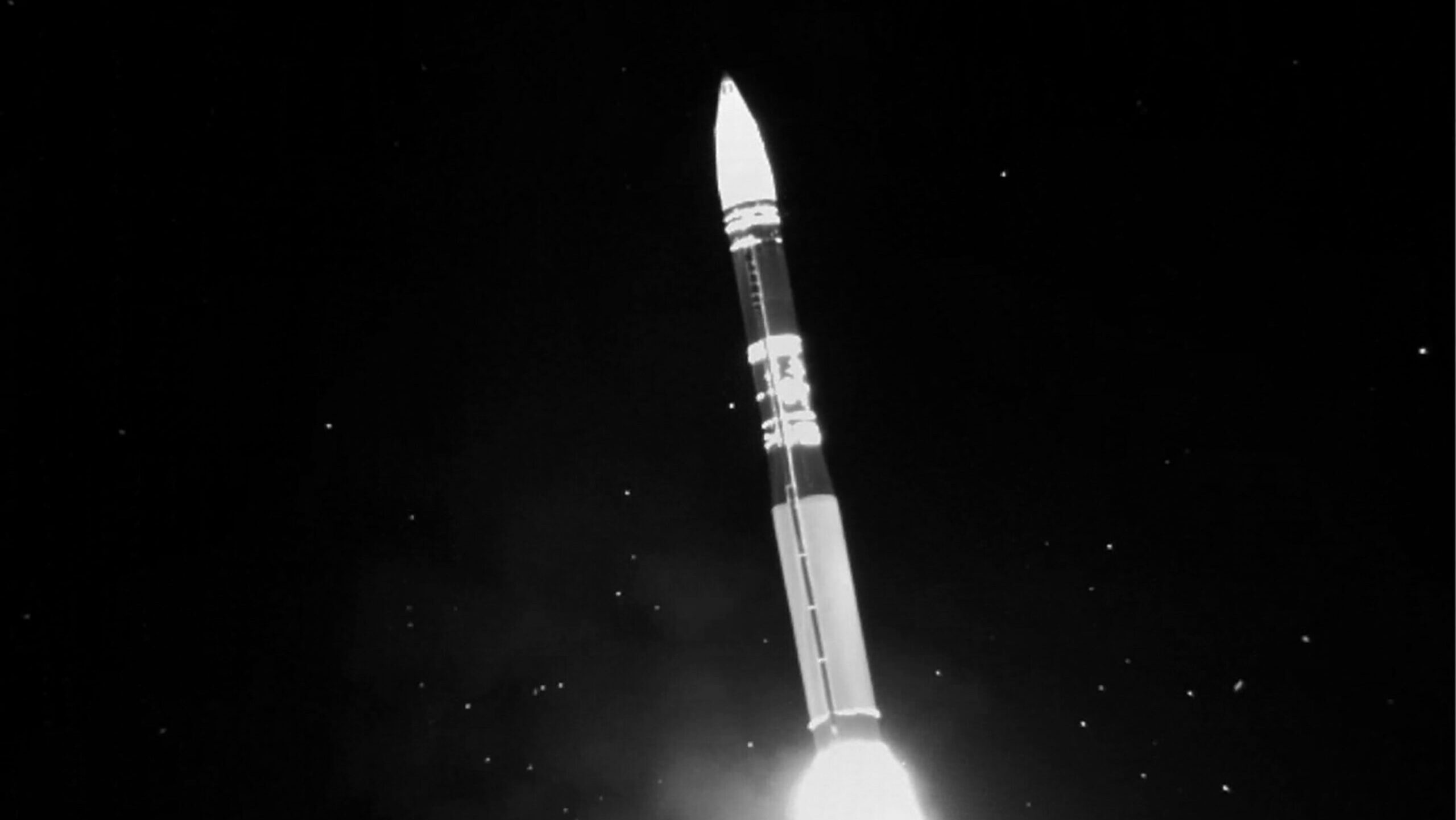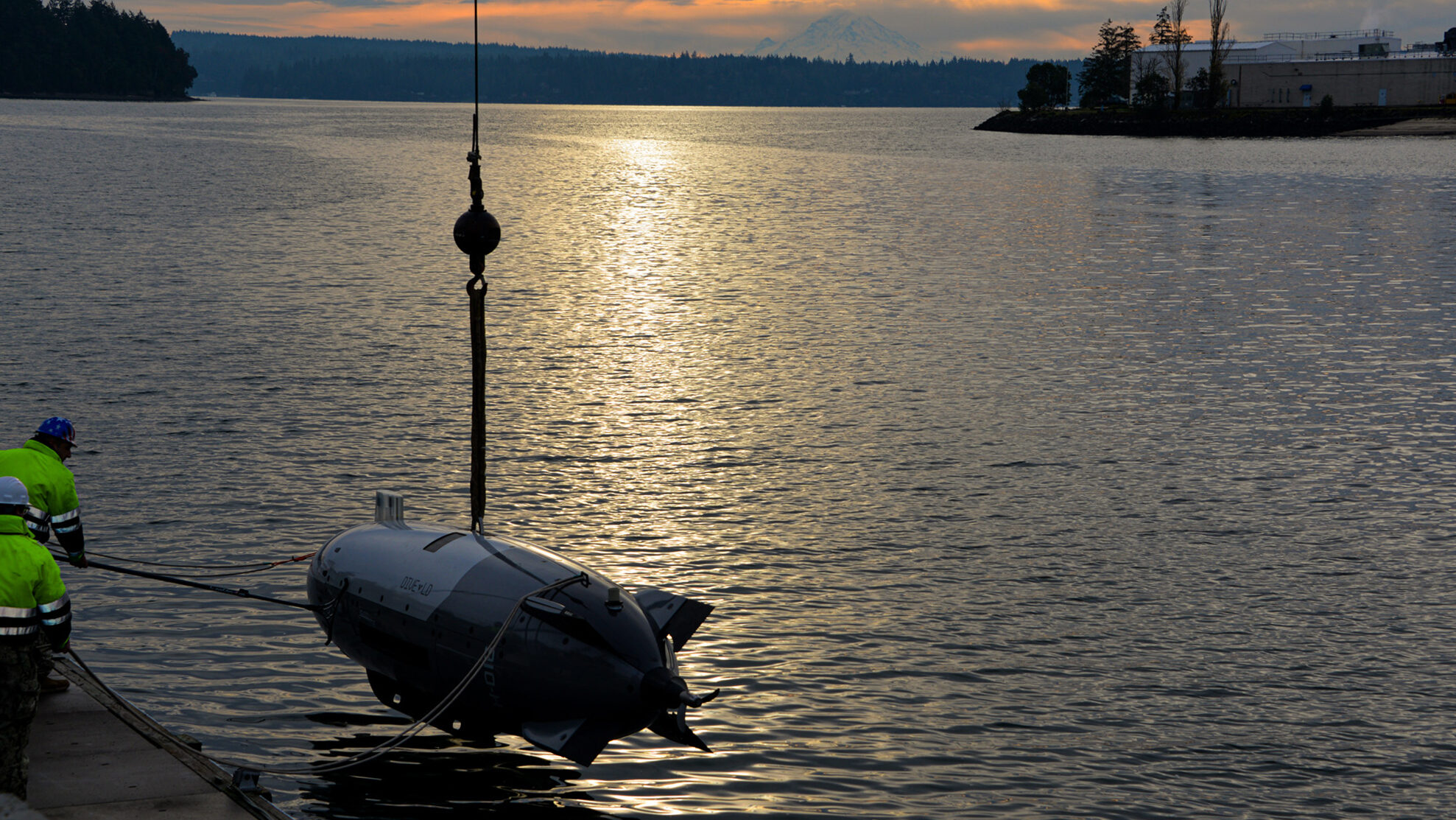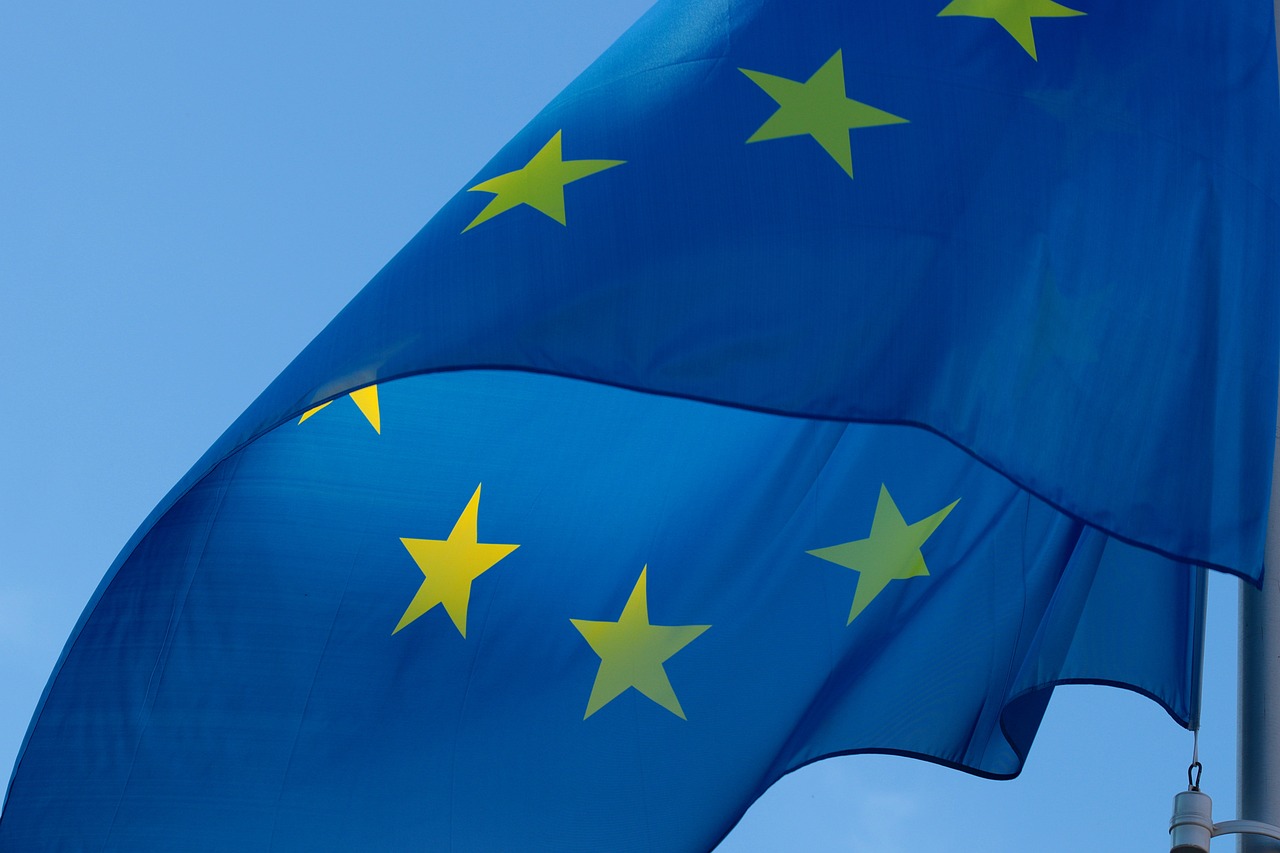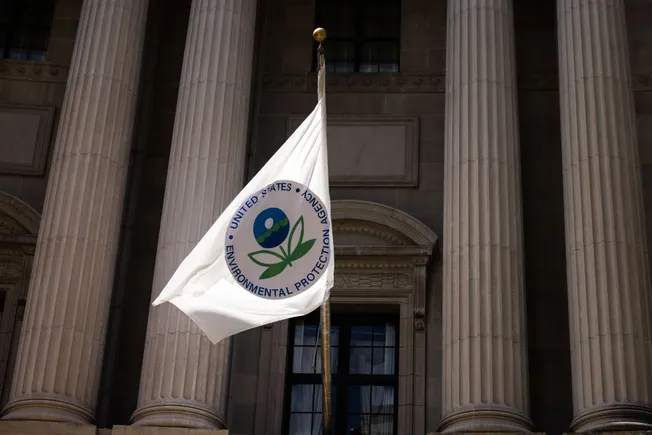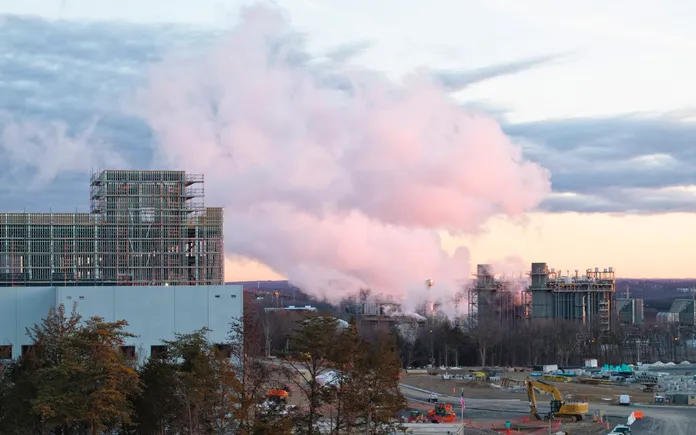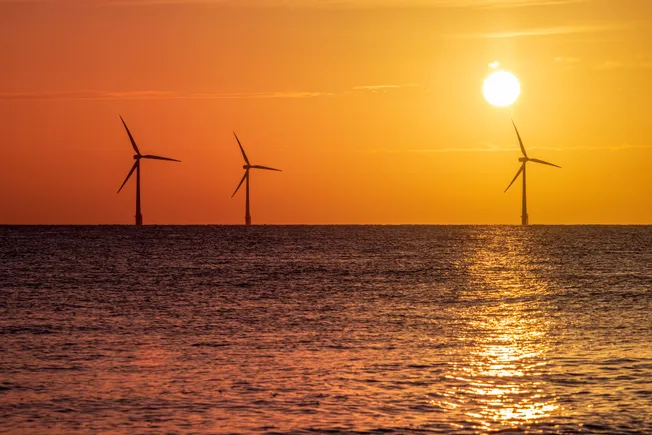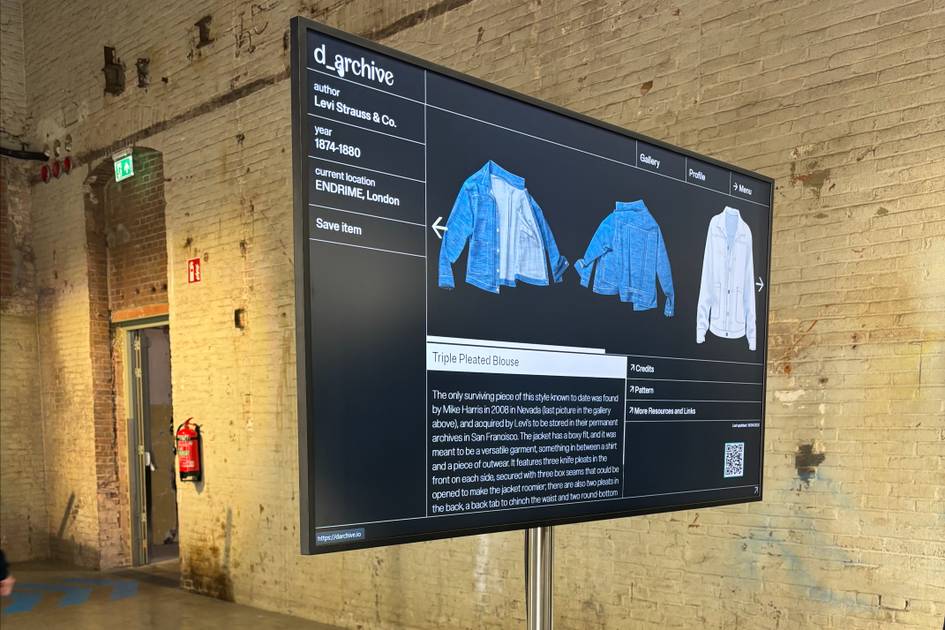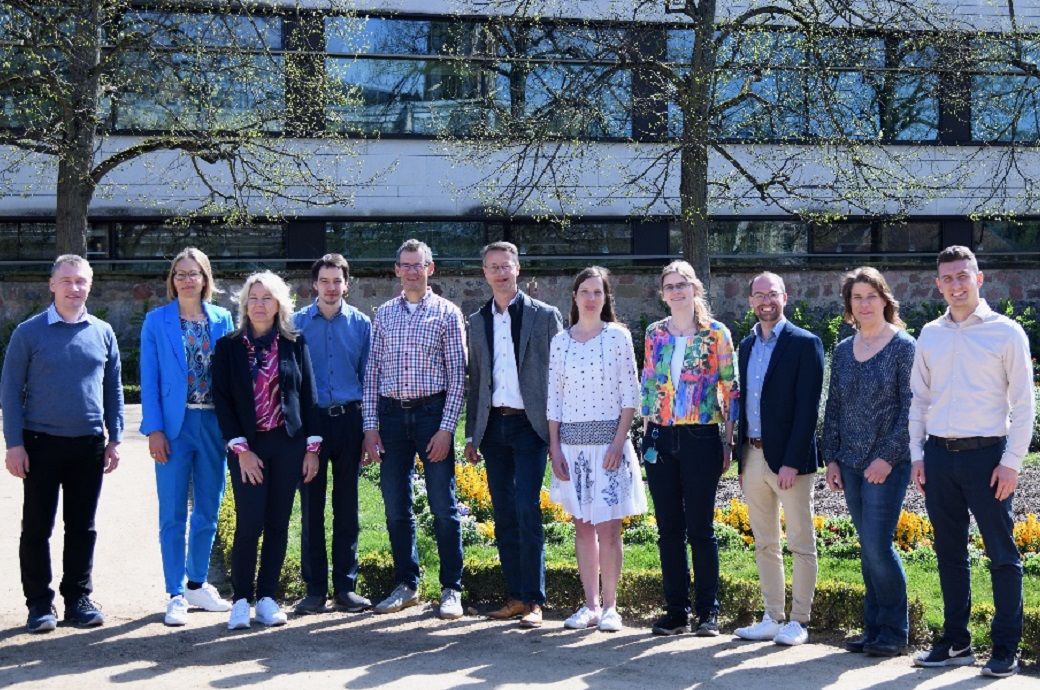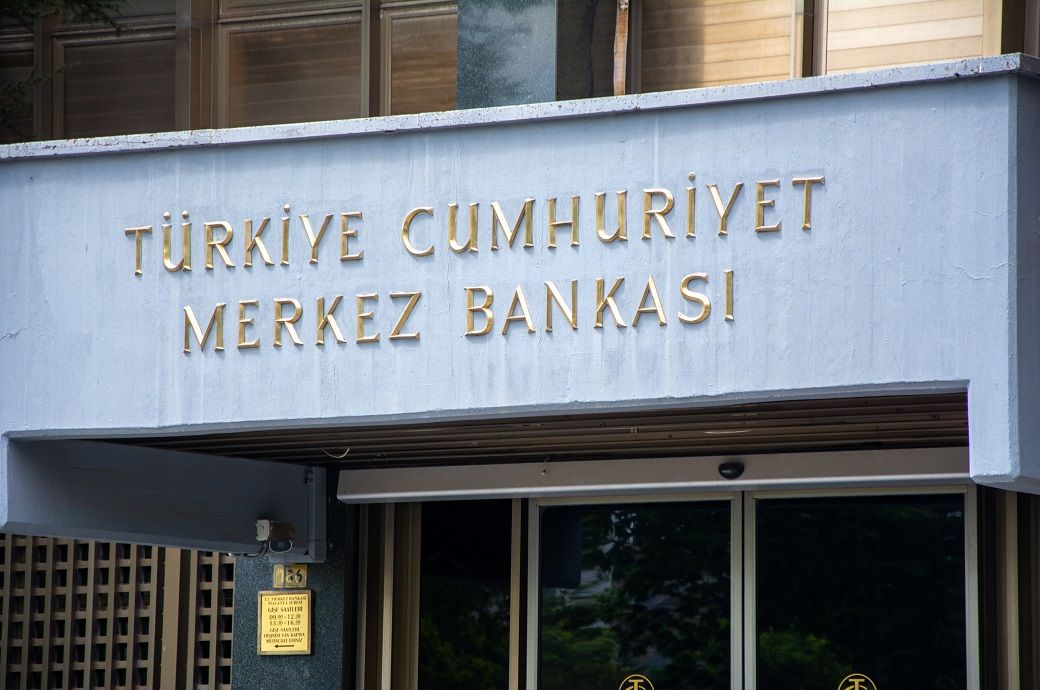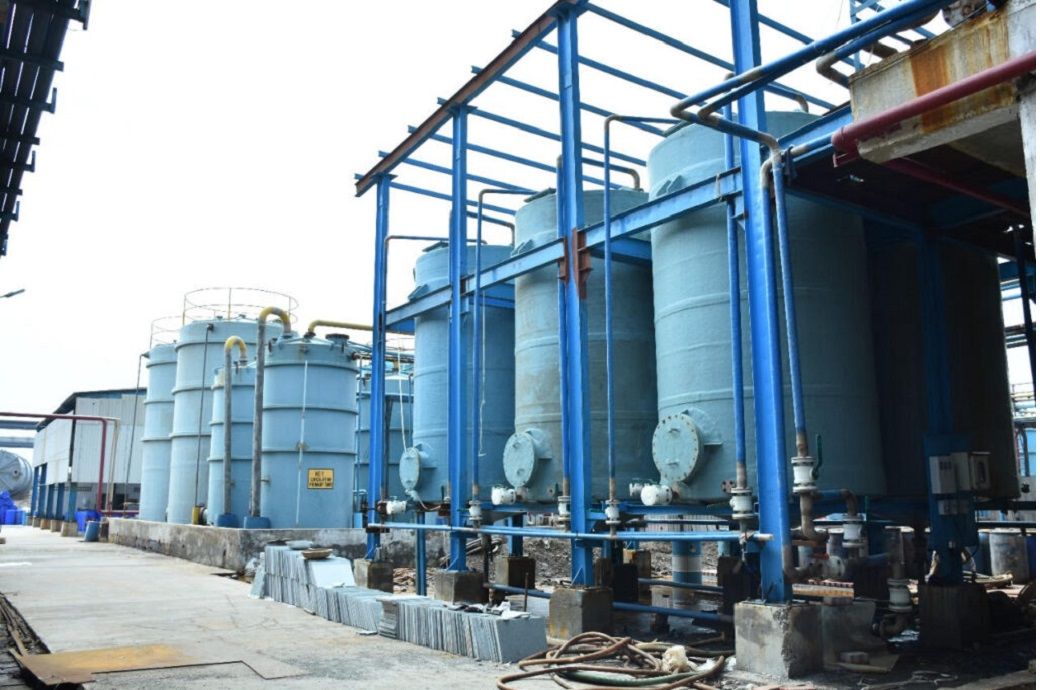Boosting Photocatalytic Upcycling of Liquid Biomass into Biodiesel via Microenvironment Modulation
Advanced Energy Materials, Volume 15, Issue 5, February 4, 2025.

This work successfully fabricates a highly efficient ternary S-scheme heterojunction photocatalyst by sol-gel method and g-C3N4 self-assembly. Benefiting from enhanced substrate enrichment, effective visible light response, and unique S-scheme charge transfer mode endowed by the synergistic effect of ternary components, as-fabricated CTM-2 can improve the reaction microenvironment and exhibit outstanding photocatalytic performance in liquid biomass upcycling into biofuel.
Abstract
The rational design of a photocatalyst and its microenvironmental modulation is crucial in the heterogeneous photocatalysis process, yet relevant research on photocatalytic biodiesel synthesis is not explored. Herein, based on the prediction of density functional theory (DFT) calculations, highly efficient ternary biocompatible montmorillonite (Mt) nanocomposites of S-scheme heterojunction photocatalysts (g-C3N4-TiO2@Mt, CTM) are successfully rationally designed. By modulating the microenvironment in photocatalytic biodiesel production, CTM-2 demonstrates exceptional catalytic performance and stability, achieving a record-breaking biodiesel yield of 98.5%. Through ex/in situ X-ray photoelectron spectroscopy (XPS), X-ray absorption near-edge spectroscopy (XANES), and theoretical calculations, the formation of S-scheme heterojunction is revealed, which can generate an interface electric field (IEF) that provides an intrinsic driving force for carrier migration and enhances surface positivity. This boosts the enrichment effect of electronegative oleic acid (OA) carboxyl molecules, thus greatly enriching the substrate concentration and improving the reaction microenvironment. Moreover, in situ fourier transform infrared spectrometer (FT-IR)/Raman together with electron paramagnetic resonance (EPR) further confirm the formation of key intermediates CH3O• and ester carbonyl (C═O), and DFT calculations provide a key reference for the photocatalytic reaction pathway, of which CTM-2 is determined to be capable of significantly reducing the energy barrier of rate-determining step.


















